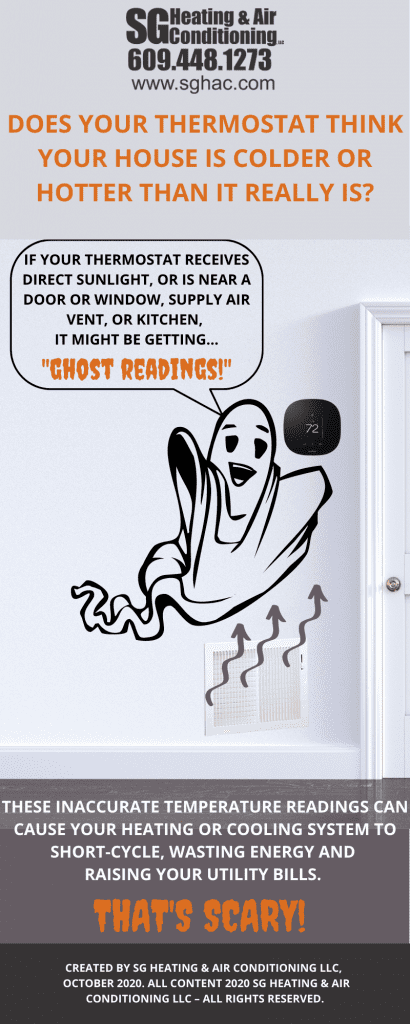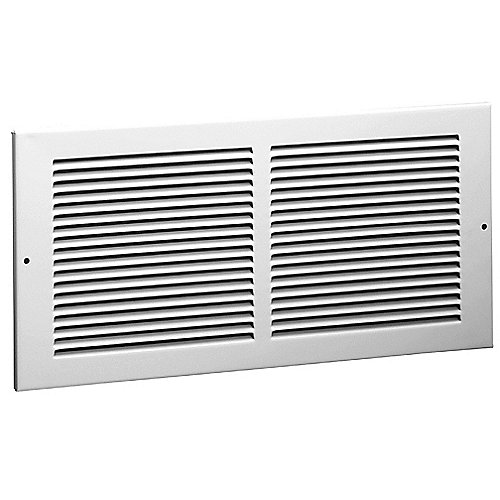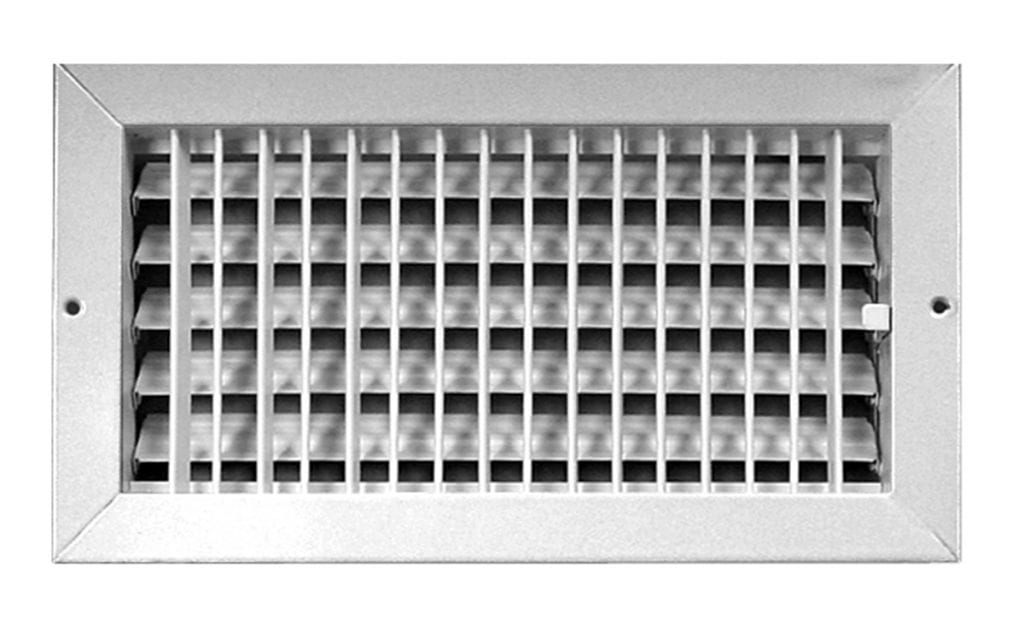October 19th, 2020

Where your thermostat is installed can make a big difference in how effectively it brings your home to the desired temperature. Improper placement can lead to inaccurate readings, efficiency loss, and other preventable problems.
To understand why location is so important, think about how thermostats work. They measure the temperature of the air around them to determine when it’s time to make your heating or cooling system turn on. With this in mind, here are some pointers regarding thermostat placement:
Keep Your Thermostat out of Direct Sunlight
If your thermostat is exposed to sunlight, the solar heat can fool the thermostat into thinking the room, and the rest of the house, is warmer than it really is. This can cause your AC to kick on when it shouldn’t, or result in your heat not kicking on when it should. These inaccurate temperature measurements are sometimes called “ghost readings,” and can cause your heating or cooling system to cycle on and off and waste energy in the process.
Air Vents Can Also Cause “Ghost Readings”
Even a smart thermostat can sometimes be outsmarted. While it’s best practice to install a thermostat near a return air vent, so that the thermostat senses a homogenous mixture of air sucked from various areas of the home, it’s a mistake to have the thermostat located near a supply air vent, where hot or cold air blowing on it can change its reading. This air will make the thermostat think the whole house is hotter or colder than it really is. Drafts from doors and windows can create these same problems.If you’re not sure how to distinguish between supply vents and return vents, here the key differences:
Return air vents are usually located on an interior wall or ceiling, and may have filters behind them. They are large compared to supply vents and usually have fixed, non-adjustable louvers.
Supply vents, on the other hand, are usually located on outer walls, frequently above or below under windows in the ceiling or on the floor. They often have a handle sticking out for a damper and can have adjustable louvers.

A Steel Return Air Grille

An adjustable wall supply register
Better to Install a Thermostat in a Hallway than in a Room
The best location for a thermostat is in a central location in the general proximity of a return air vent. This allows the thermostat to sense the “blended” temperatures of all rooms. Some people prefer the thermostat in the master bedroom for ease of access and control over the main room. Some modern wi-fi thermostats, like the ecobee®, provide the best of both by using separate remote sensors, which allows the thermostat to read temperatures in multiple locations and average them out.Thermostats should not be installed near the kitchen. Cooking can raise the kitchen’s temperature, which can mislead the thermostat into thinking the rest of the house is hotter than it really is. Other potential sources of heat, such as fireplaces, ductwork, and hot water lines, can also skew the temperature readings if they’re too close to the thermostat.
When you get a thermostat installed, your HVAC contractor should be able to determine the best location for it. If your thermostat has been installed somewhere it shouldn’t, moving it may require rewiring, depending on the type of thermostat you have. If you realize your thermostat is in a bad location, and you need a professional to help you relocate and rewire it, it may be a good time to upgrade your thermostat to a programmable or smart model as well.
These modern thermostats offer the convenience of adjusting themselves, so you don’t have to. They also save you money on heating and cooling costs by reducing wasted energy consumption. Programmable thermostats allow you to program automatic setbacks to save energy, while some smart thermostats can learn homeowner behavior and then program automatic setbacks. Some also connect to a smart phones, and many can tell you the relative humidity in the house and control a humidifier and other IAQ devices. All of this leads to energy savings and improved comfort that add up throughout the thermostat’s lifespan.
If you’d like a thermostat replacement in Fairless Hills, PA, or you’re going to need a thermostat as part of a furnace installation for your home in Mercer County, NJ, SG Heating & Air Conditioning LLC can help! Contact us today via this form or by calling us at 609-448-1273.
Now I know all about ghost readings from thermostats. Since it wasn’t a TRICK, can I have a TREAT? Woof!

All Content © 2020 SG Heating & Air Conditioning LLC – All Rights Reserved


